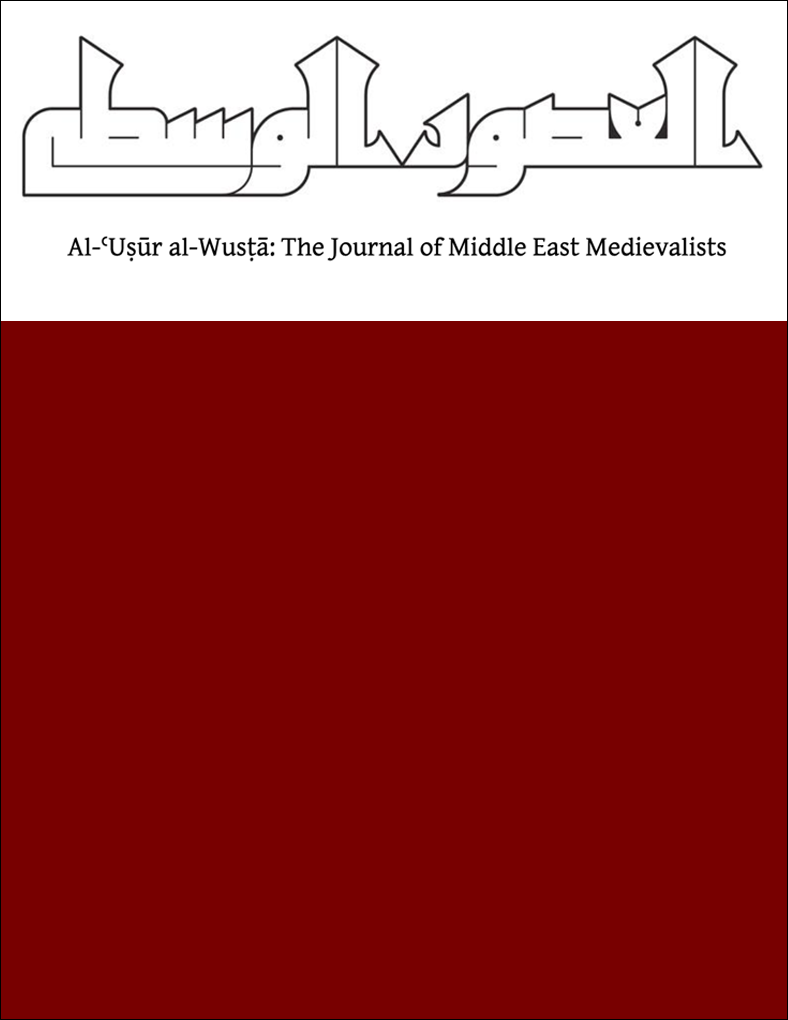Abstract
The Marʿashī Library of Qum owns an unstudied manuscript containing official documents from the Rum Saljuq dynasty. The manuscript includes an Arabic text for the foundation of a ribāṭ. Its patron was unmistakably the Georgian wife of Ghiyāth al-Dīn Kay-Khusraw II (d. 644/1246), the unfortunate sultan beaten by the Mongols at Kösedağ. The building was a caravanserai, most probably located at the stage of Düden, immediately northeast of Antalya. Its construction can be dated to around 636/1238. It was part of a cluster of buildings erected with sultanic patronage on the road from Antalya to Konya. Gurjī Khātūn’s aim in founding the ribāṭ was to establish her son, ʿAlāʾ al-Dīn Kay-Qubād II, as indisputable heir apparent over the other (and older) offspring of the sultan. Beyond the light it casts on her long-term strategy to become wālida (Tk.valide, queen mother), the text allows us to refine our knowledge of women patrons, a subject that had been tackled so far mostly through the case of Māhparī Khātūn. Finally, the source in which this text was found proves that inscriptions (at least this one) were authored by personnel of the chancery, as supposed by van Berchem and by Redford after him.

This work is licensed under a Creative Commons Attribution-NonCommercial-NoDerivatives 4.0 International License.
Copyright (c) 2021 David Durand-Guédy

